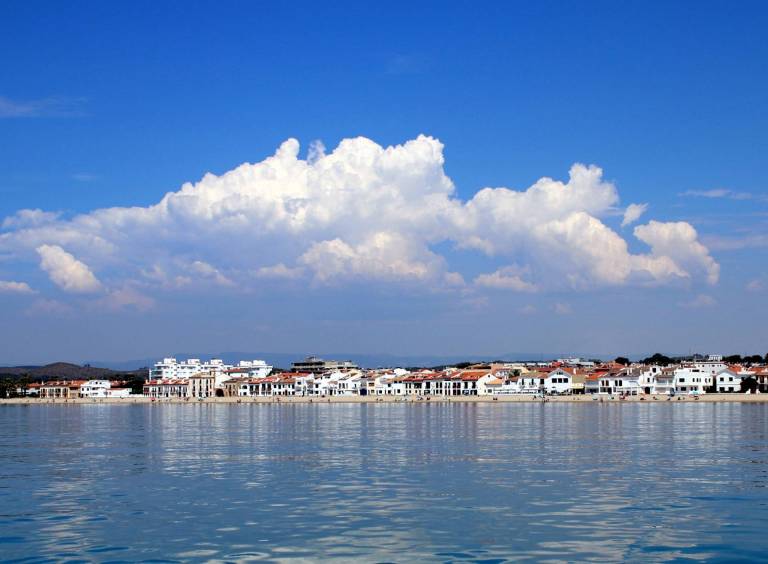
Guided tours
Maritime Quarter and the Roman Villa of Els Munts
The guided visits to the Maritime Quarter and the Roman Villa of Els Munts represent a visit to Altafulla’s Roman past and a pleasant walk through the unique maritime neighbourhood of Botigues de Mar.
During the 18th century, small warehouses were built along the beachfront, where the fishermen kept their work tools and the merchants stored the products destined for the colonies. The district of Les Botigues emerged at the beginning of the 20th century, when these old warehouses were transformed into houses and used as summer residences.
Visits must be booked in advance at the Tourist Office, which is located in the building by the Era del Senyor, in Camí de la Ermita street, s/n (Tel: 977651426).
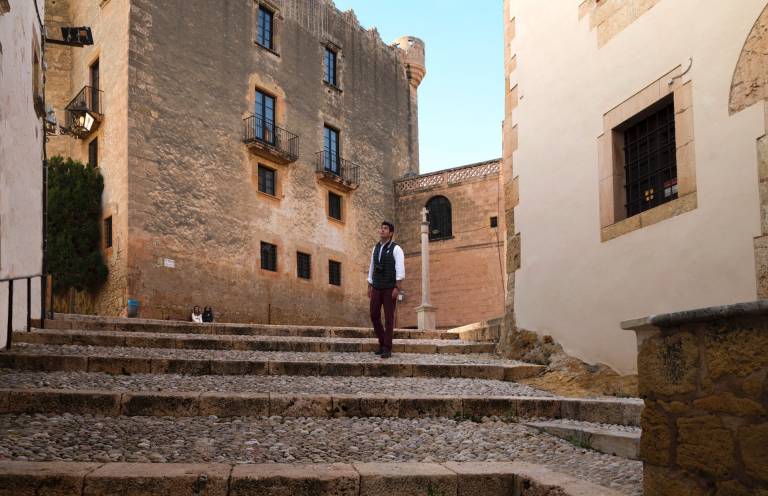
Guided tours
Vila Closa
The Vila Closa is the old medieval walled village, Altafulla’s Old Quarter. Many of the houses that can be seen here were built during the course of the 18th century. In 1998, the Generalitat de Catalunya declared its historical-artistic ensemble a Cultural Asset of National Interest.
It is still possible to follow the perimeter of its ancient walls, which were remodelled during the 17th and 18th centuries, especially on the western side of the castle. Other important remains, such as the two corner towers, have been preserved. Behind the church, there is also a Colsero stone block from the Roman period.
A magical walk through the history of Altafulla and its most iconic sites, including a visit to the church of Sant Martí. Summer opening hours: Mondays at 19:00 h. Winter opening hours: First Saturday of the month at 11:00 h. Duration: 1:30 h. Price: €4. Meeting point: Castle gate. The visit must be booked in advance at the Tourist Office Tel: 977651426. In case of rain, the visit will be postponed. Free admission for children under 12 years old.
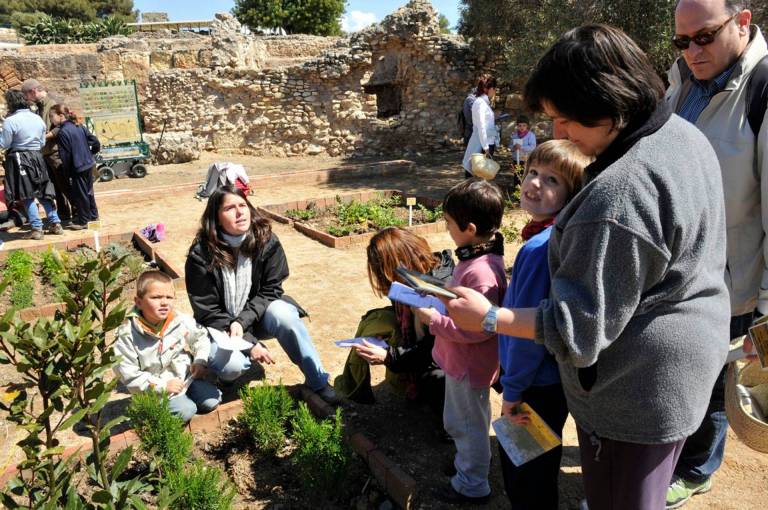
Guided tours
Roman Villa of Els Munts
Numerous villas were established around the great Roman city of Tarraco, dedicated to farming and leisure activities. One of them was the villa of Els Munts, located very close to Altafulla beach and built in the 1st century AD. Valerius Avitus Caius, the great ruler of Tarraco, and his wife, Faustina, lived there.
In 1967, the Archaeological Museum of Tarragona was given charge of the site. It began excavations and is now the custodian of a large part of the valuable archaeological remains that have been found there. Currently, the Museum organises dramatised guided tours during the summer. The Roman Villa of Els Munts is part of the archaeological site of Roman Tarraco, which was declared a World Heritage Site by UNESCO in 2000. The villa is open all year round, except for Mondays. Reservations can be made by telephone at 977251515 or on their website www.mnat.cat.
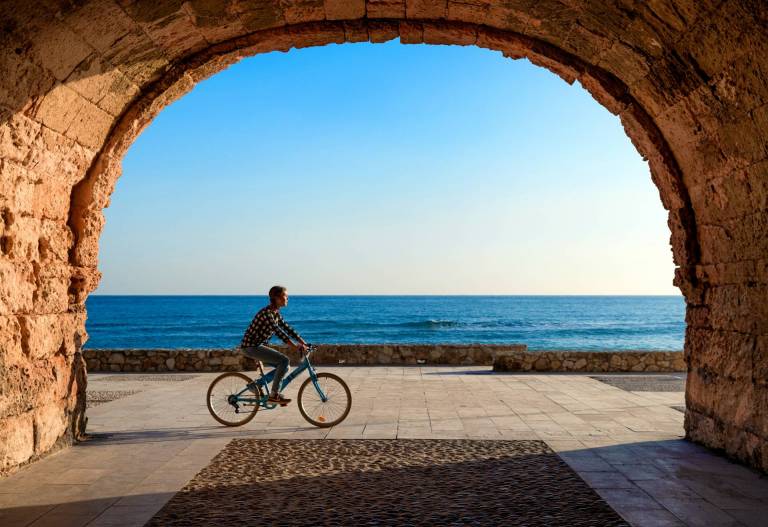
Guided tours
Vila Closa, Els Munts and the Maritime Quarter
Altafulla is an idyllic and charming village located on the Costa Daurada, where you will be able to enjoy the tranquillity and beauty of a village with a great artistic and cultural heritage, as well as many vestiges that speak of its history: the Vila Closa (the Old Quarter), the Roman Villa of Els Munts (declared a World Heritage Site by UNESCO) and the seafront promenade; a place where you will also be able to enjoy sporting, cultural and festive events all year round.
The guided tours of the Vila Closa, the Roman Villa of Els Munts and the Maritime Quarter will allow you to enjoy a whole day in Altafulla, whether it is by visiting its Roman past, strolling through Botigues del Mar or taking a walk through the Vila Closa, the medieval Old Quarter of Altafulla.
Visits must be booked in advance at the Tourist Office, which is located in the building by the Era del Senyor, in Camí de la Ermita street, s/n (Tel: 977651426).
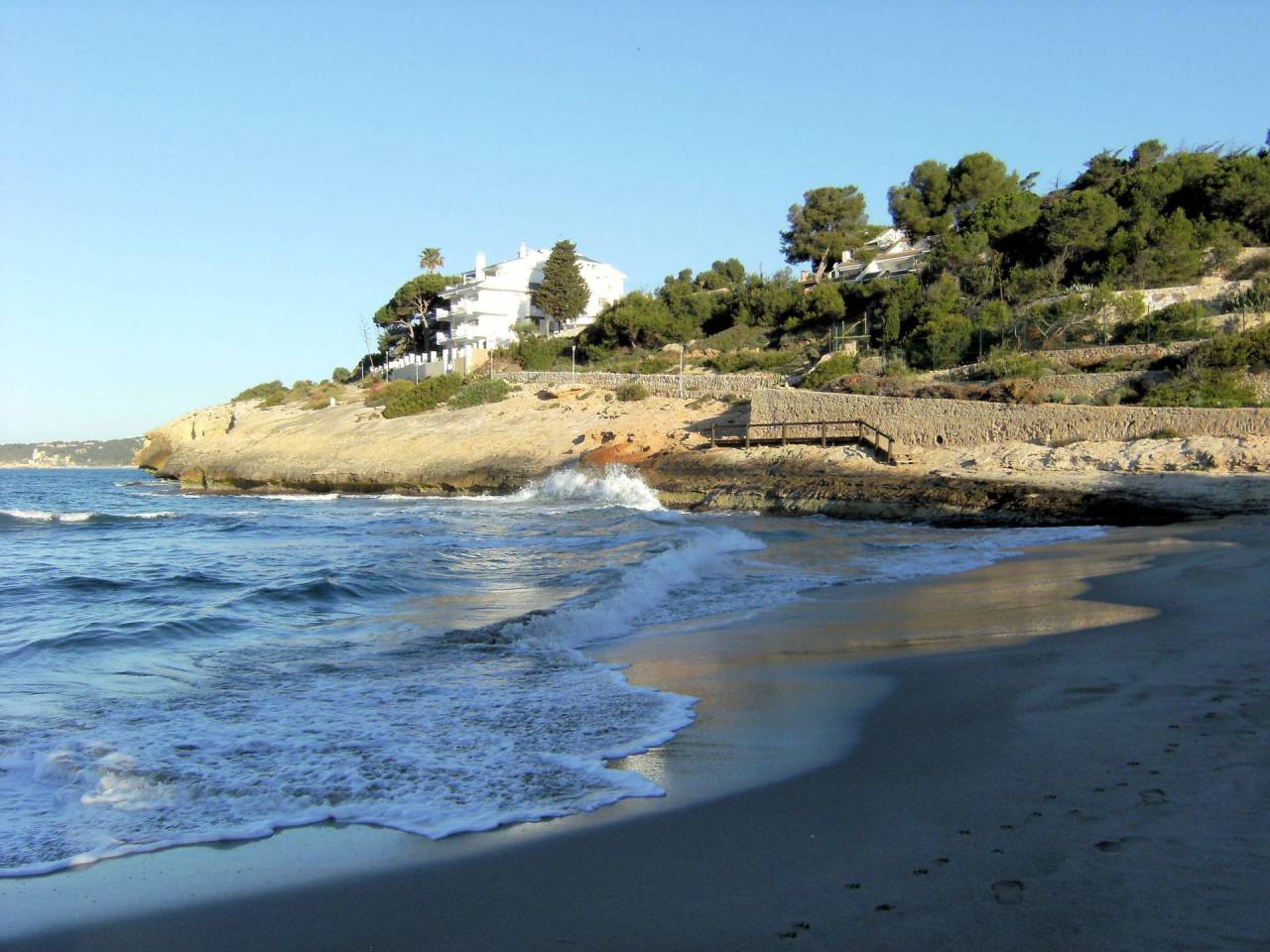
Wilderness
Canyadell Beach
The beach of Canyadell, in Altafulla, offers both quality and peace and quiet, thanks to its fine, golden sand, the good Mediterranean climate, and its uniquely small, semi-urban setting. It is a small cove sheltered by the Roquer de Torredembarra, 60 metres long and 35 metres wide.
As a natural space shared between Torredembarra and Altafulla, it was awarded the title of “virgin beach” by the Tarragona and Ebro Ecologist Group of Ecologists in Action of Catalonia (GETE-EeAC). Nearby is the Canyadell Estate, a municipal space recovered by the Altafulla Town Council, which has become the Nature School of Corriol and the Canyadell estate. It is run by the Group for the Study and Protection of Catalan Ecosystems-Ecologists of Catalonia (Gepec-EdC).
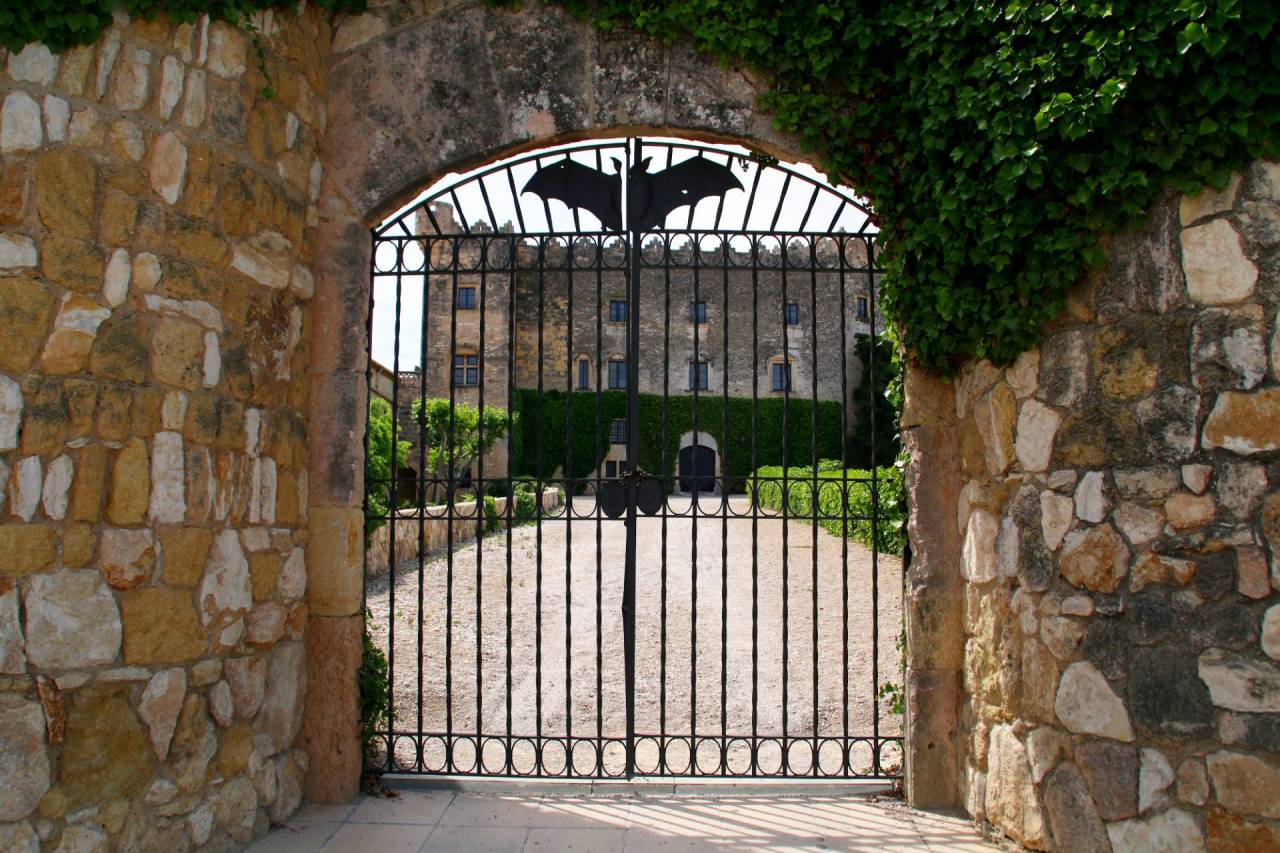
Guided tours
Altafulla Castle
The Castle of Altafulla, which is privately owned by the Marquis of Tamarit and the Montserrat family, has been open to the general public since October 2019. It was a result of the agreement reached between the castle’s owners, the Altafulla Town Council and the Directorate General of Cultural Heritage of the Department of Culture of the Generalitat de Catalunya, as confirmed by a resolution dated 7 May 2019, which requires a building declared a Cultural Asset of National Interest under Law 9/1993 on Catalan cultural heritage, such as the Castle of Altafulla, to be open to the general public.
The Castle of Altafulla, or seat of the Montserrat family dates back to 1059. It is a large building with an irregular polygonal ground plan, the corners of which have protruding towers crowned by battlements, as well as other architectural elements that give it the appearance of a fortress.
In the centre, there is an interior courtyard whose upper part boasts a magnificent Renaissance gallery. In its current state, it is difficult to discern whether it retains architectural elements from the Romanesque period, as the building has undergone numerous modifications over time, especially in the 17th century, when most of its structure was renovated.
The visit, which lasts about 30 minutes, takes place on the irst Tuesday and the last Saturday of every month, with the exception of Easter and summer, when the owner’s family is in residence. It includes the garden in front of the north façade, the common areas on the ground floor of the parade ground, the staircase between the ground floor and the first floor and the staircase landing with Renaissance gallery on the first floor. The visit must be booked in advance at the Tourist Office. Tel: 977651426.
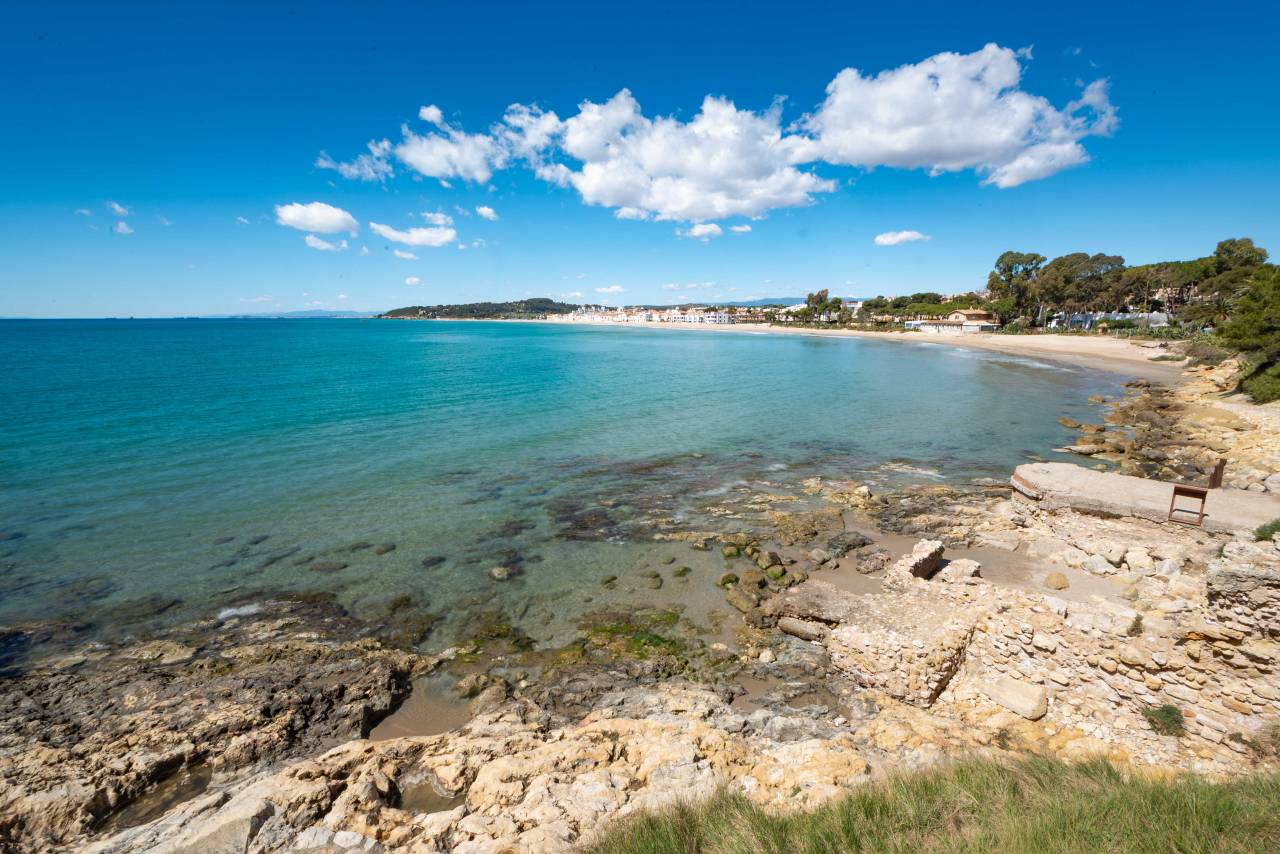
Wilderness
Altafulla Beach
Altafulla beach is one of the most important attractions of the municipality. With its fine, golden sand and good Mediterranean climate, it offers visitors the chance to enjoy the sea, nature and family sports all year round. Our beach is awarded the Blue Flag quality label every year. Altafulla beach stretches from Cape Gros to near the Roca del Gaià. It is about 1,100 metres long and 20 metres wide. It has access for people with reduced mobility and lifeguard services. On the beach, we find the Altafulla Maritime Club, founded on the 30th of July 1973. The building is located at the end of the Hort de les Bombes garden, next to the beach. Among the nautical sports that are practised here, sailing stands out. It has hosted the Catalan, Spanish and world championships.
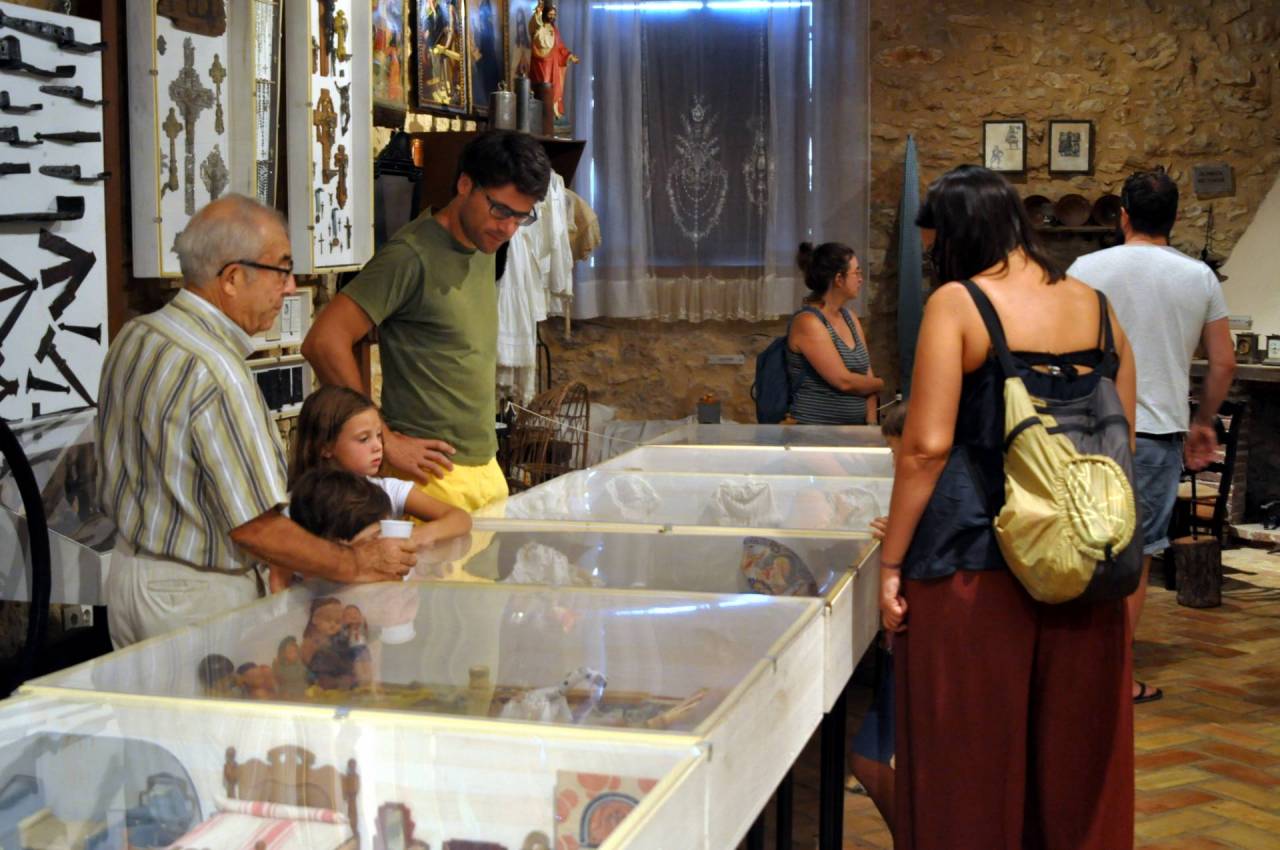
Museums
Altafulla Ethnographic Museum
The Ethnographic Museum of Altafulla features different elements of the village’s rural life and economy, recovered and restored by the Altafulla resident and craftsman, Salvador Gatell, in 2008. Around 1,000 items belonging to the village’s rural past can be found here, a wide range of objects and elements, from the most curious to the most mundane. From a saqiyah, a two-wheel mechanical water lifting device powered by animals, to traditional tools such as the hoe; these are just some of the many gems on display.
Thanks to a network of volunteers, with the collaboration of the Altafulla Town Council, the museum is open every Saturday from 5:30 to 7:30 pm; and on Sundays, from 11 am to 1:30 pm. It is located in the building by the Era del Senyor, opposite the castle gate.
The museum is temporarily closed due to Covid-19 restrictions.
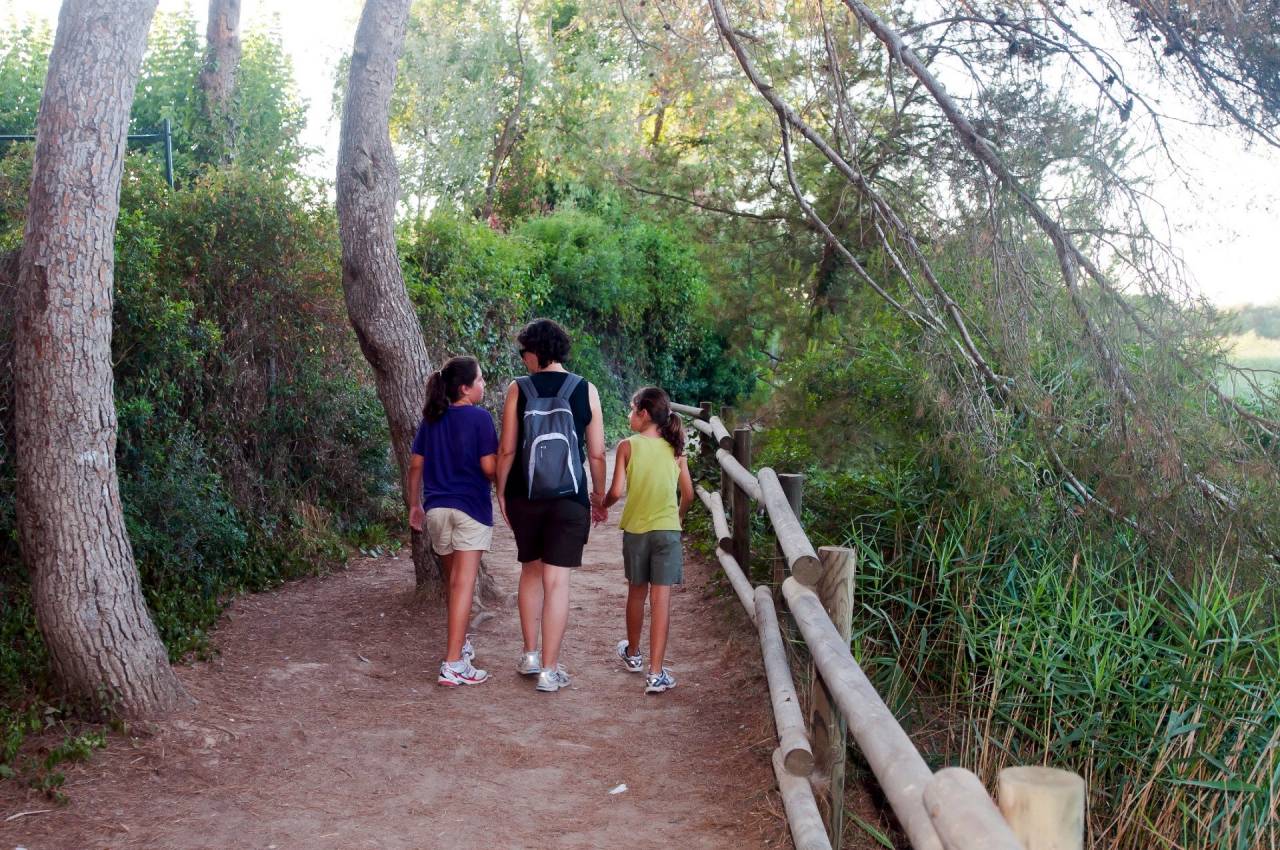
Wilderness
The mouth of the river Gaià
The Ethnographic Museum of Altafulla features different elements of the village’s rural life and economy, recovered and restored by the Altafulla resident and craftsman, Salvador Gatell, in 2008. Around 1,000 items belonging to the village’s rural past can be found here, a wide range of objects and elements, from the most curious to the most mundane. From a saqiyah, a two-wheel mechanical water lifting device powered by animals, to traditional tools such as the hoe; these are just some of the many gems on display.
Thanks to a network of volunteers, with the collaboration of the Altafulla Town Council, the museum is open every Saturday from 5:30 to 7:30 pm; and on Sundays, from 11 am to 1:30 pm. It is located in the building by the Era del Senyor, opposite the castle gate.
The museum is temporarily closed due to Covid-19 restrictions.
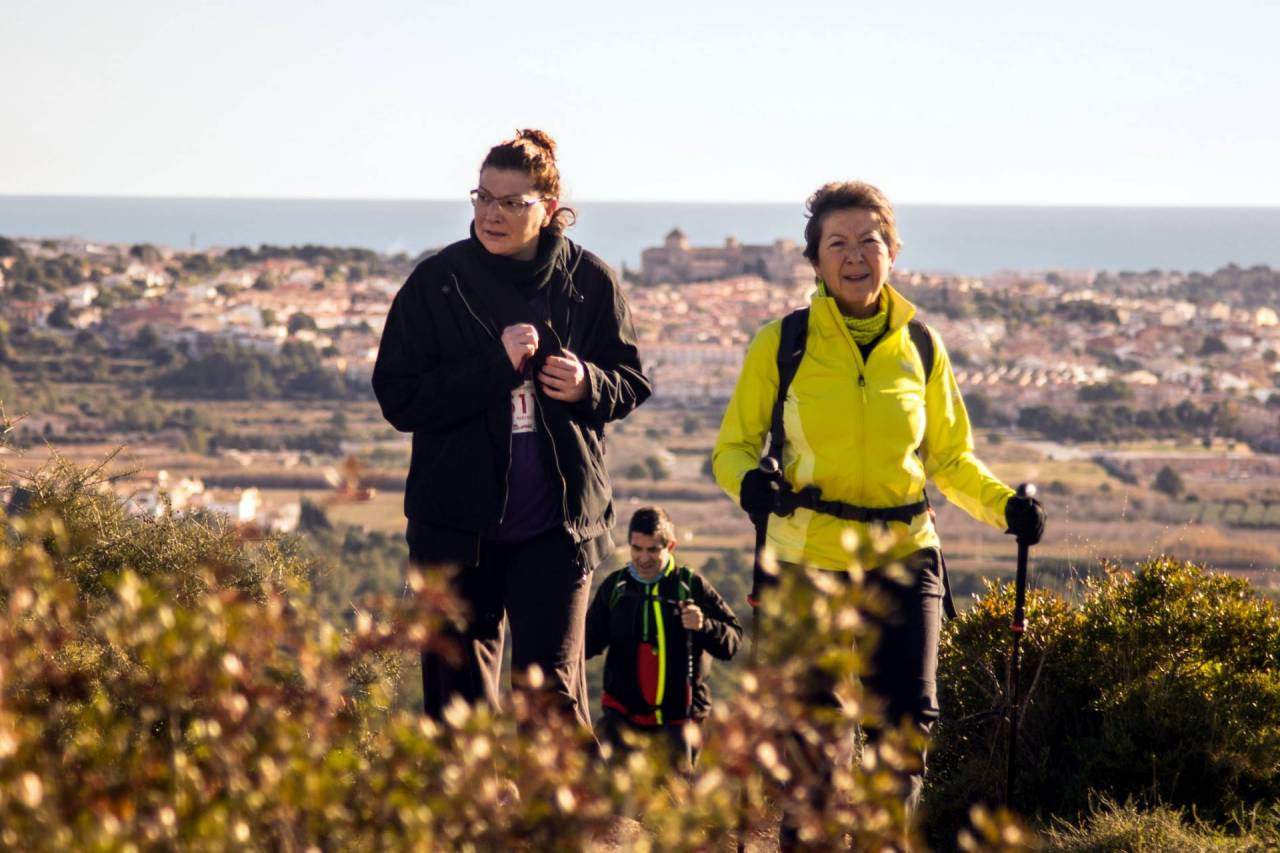
Routes
The Green Route of the Baix Gaià
Another interesting route in Altafulla is the Green Route of the Baix Gaià, which can either be done by bicycle or on foot. We begin in the area around the hermitage of Sant Antoni, from where we can complete a network of rural paths of about 30 kilometres that connects the different towns and villages that form the Association of Tourist Municipalities of Baix Gaià, which promotes the natural, scenic and tourist resources of the area. Along this route, we will also be able to appreciate the Route of the Castles of Baix Gaià, a series of fortifications that show the territory’s Romanesque and mediaeval past.
In 2012, the Altafulla Town Council promoted the 1st Baix Gaià Castles Walk along this route, a social and sporting event through some of the most special places in the area. The walk takes us past the castles of Altafulla, Ferran, la Riera (Castellot), el Catllar and Tamarit. A large part of the route follows the bed of the river Gaià, and one of the crossing points is the mouth of the river itself. It takes place on the last Sunday of January
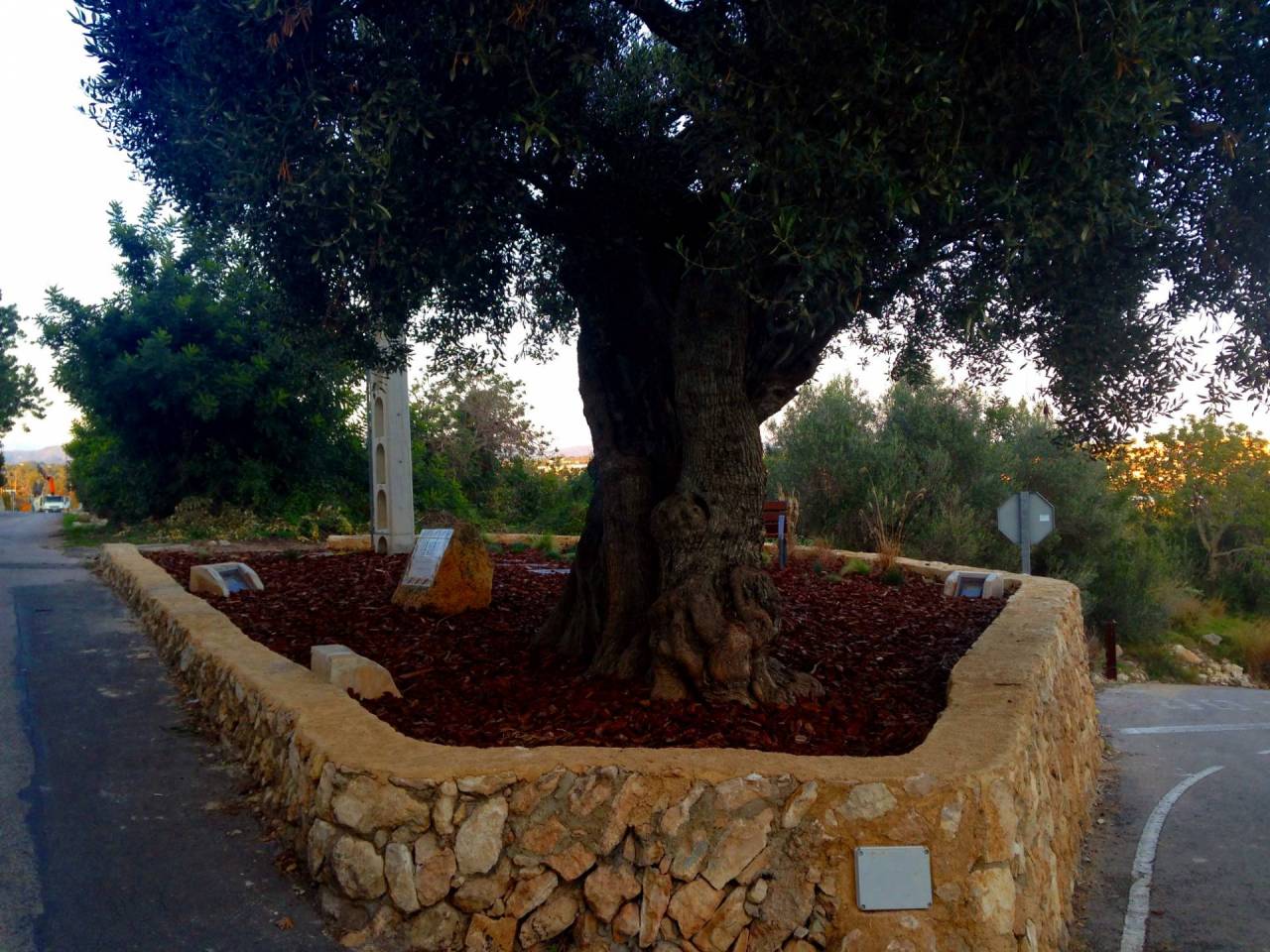
Routes
Along the Quatre Camins to Torredembarra
The Quatre Camins, or Four Paths, begins in the Plaça del Pou, the village’s main square. From there it runs beside the many fields that to this day are still being worked on. Along the route, we come across the Oliverot, a monumental tree with an estimated age of more than 600 years, as well as dry stone walls which will accompany us until we reach the neighbouring town of Torredembarra.
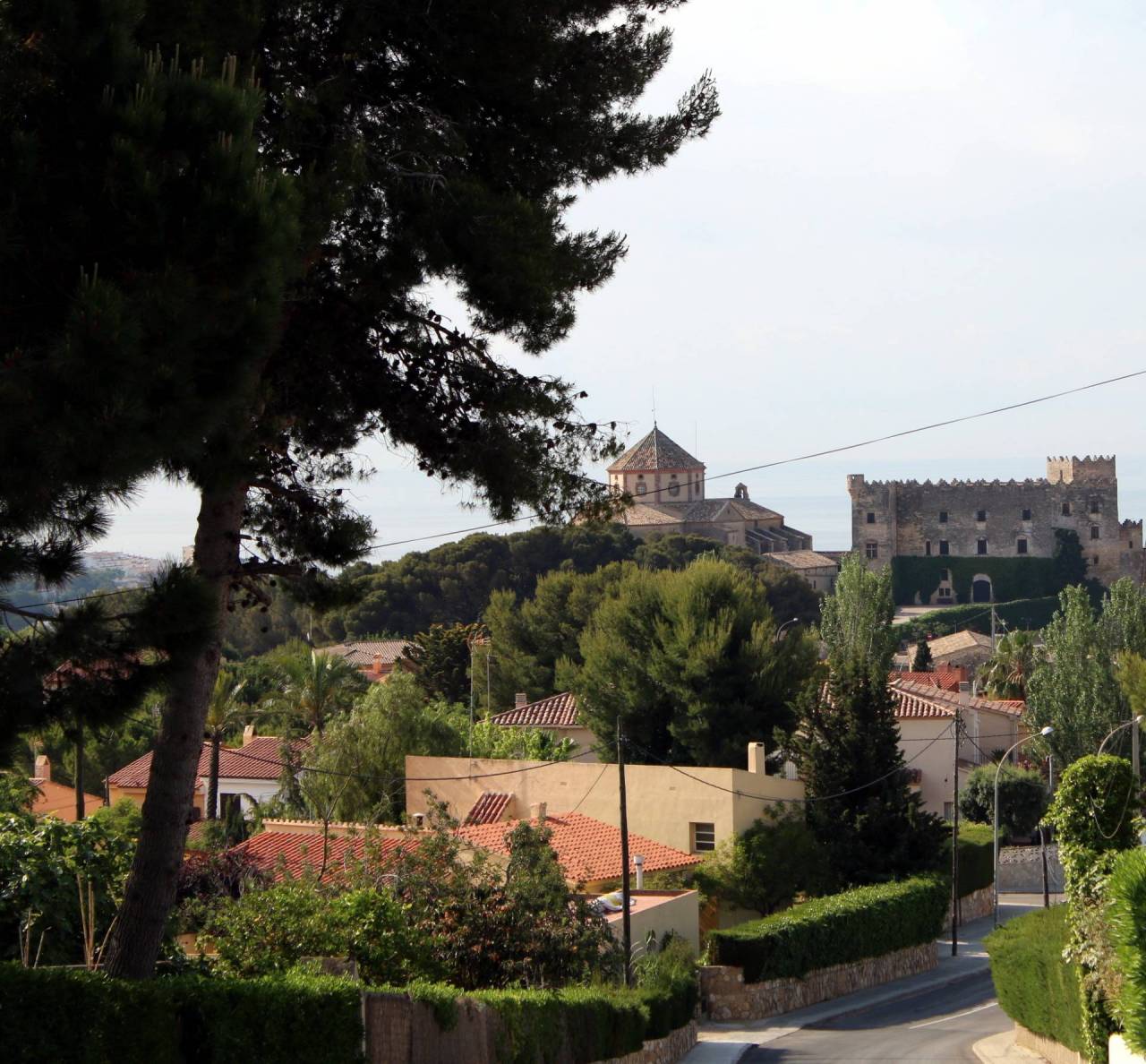
Routes
A walk from Sant Antoni to La Coma
Starting at the emblematic Castle of the Montserrat family, the path reaches the natural area of Altafulla, the mountain of Sant Antoni, whose forests are full of aromatic plants and Aleppo pine. The hermitage of Sant Antoni is the reference point of this area, offering an excellent viewpoint from which we can contemplate the village’s surroundings.
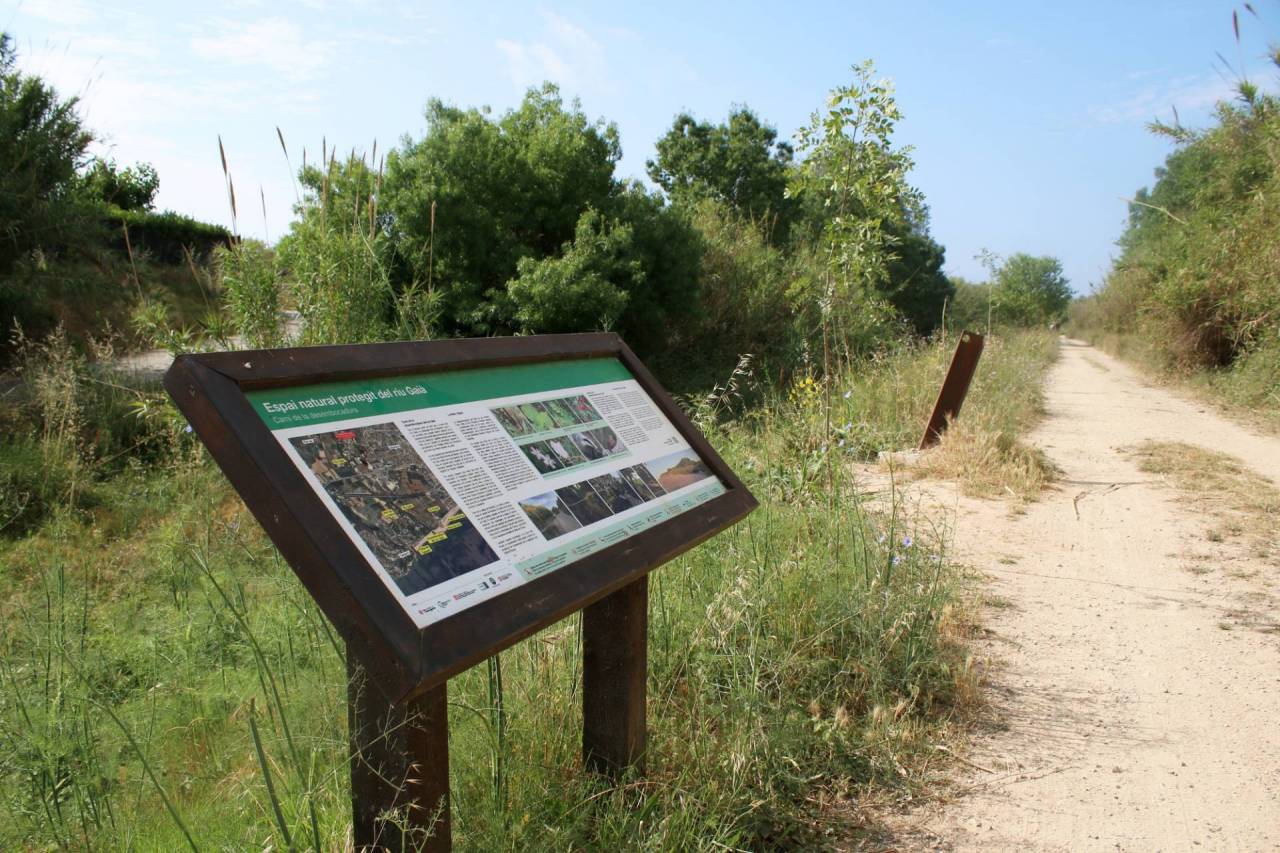
Routes
From the mouth of the river Gaia to La Riera
This path offers a pleasant walk that connects Altafulla with La Riera de Gaià. Following the Gaià river along its lower course, it is surrounded by the typical vegetation that grows on the river’s banks. This path skirts the mountain of Sant Antoni, allowing us to understand the mountain’s importance for the village.
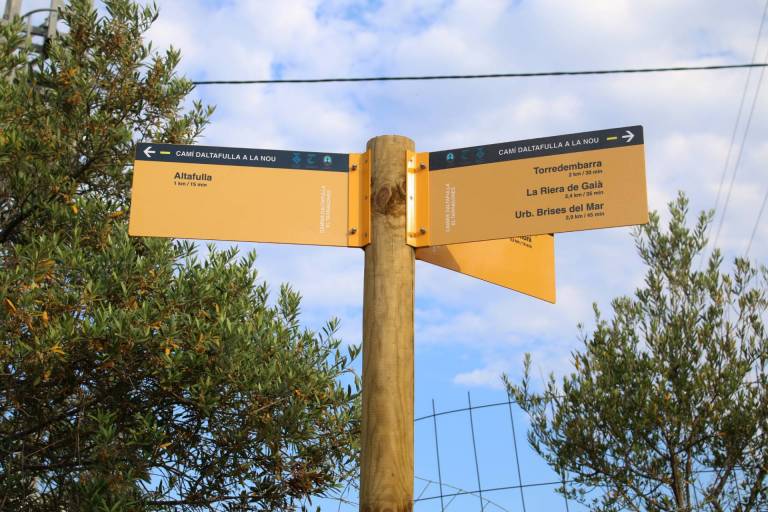
Routes
From the Old Quarter to Brises del Mar and Pobla de Montornès
Also beginning by the Castle, this path unites the village’s historical part with the urbanisation of Brises de Mar, in the north of the municipality, and continues towards the neighbouring village of Pobla de Montornès. Along the way, we will discover dry stone huts, traditional constructions built without the use of mortar that were used either as a refuge by shepherds or as an agricultural storage space.
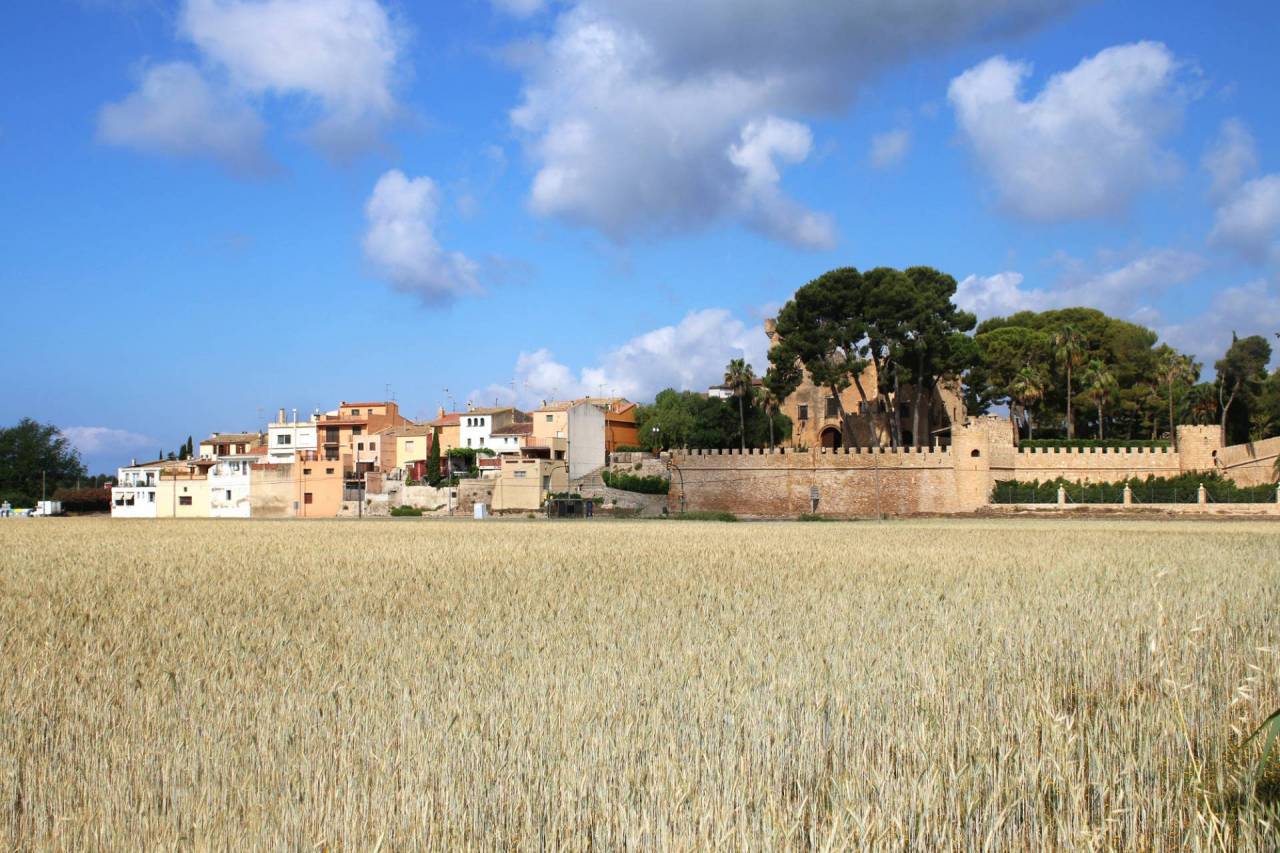
Routes
The route to Ferran and the Mèdol quarry
The Camí de Ferran is the natural connection between our local paths and those of the Green Ring of Tarragona. This route brings us closer to Ferran, a charming hamlet of Tarragona. A little further on, we come across the ancient Roman quarry of El Mèdol, which possesses its own microclimate that favours a very distinct type of vegetation.
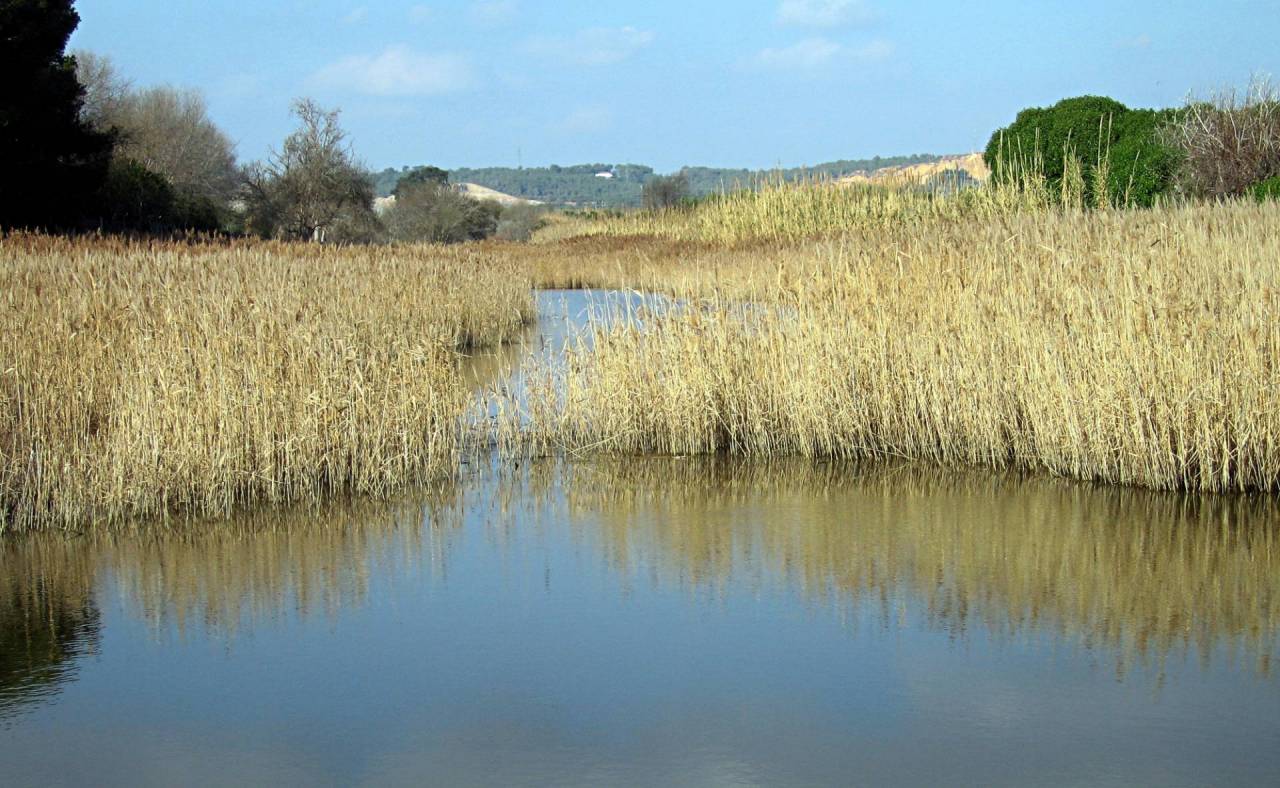
Routes
The Cametes path to Tamarit
The path connects Altafulla, by means of a pleasant route, with the protected area located at the mouth of the Gaià River, with its wildlife and protected vegetation. Once we reach the beach, we will be able to admire the magnificent Tamarit Castle, which overlooks the waters of the Mediterranean. Halfway through the route, you will find information about the nature reserve in the Hort de la Sínia. A walk for the whole family to enjoy.
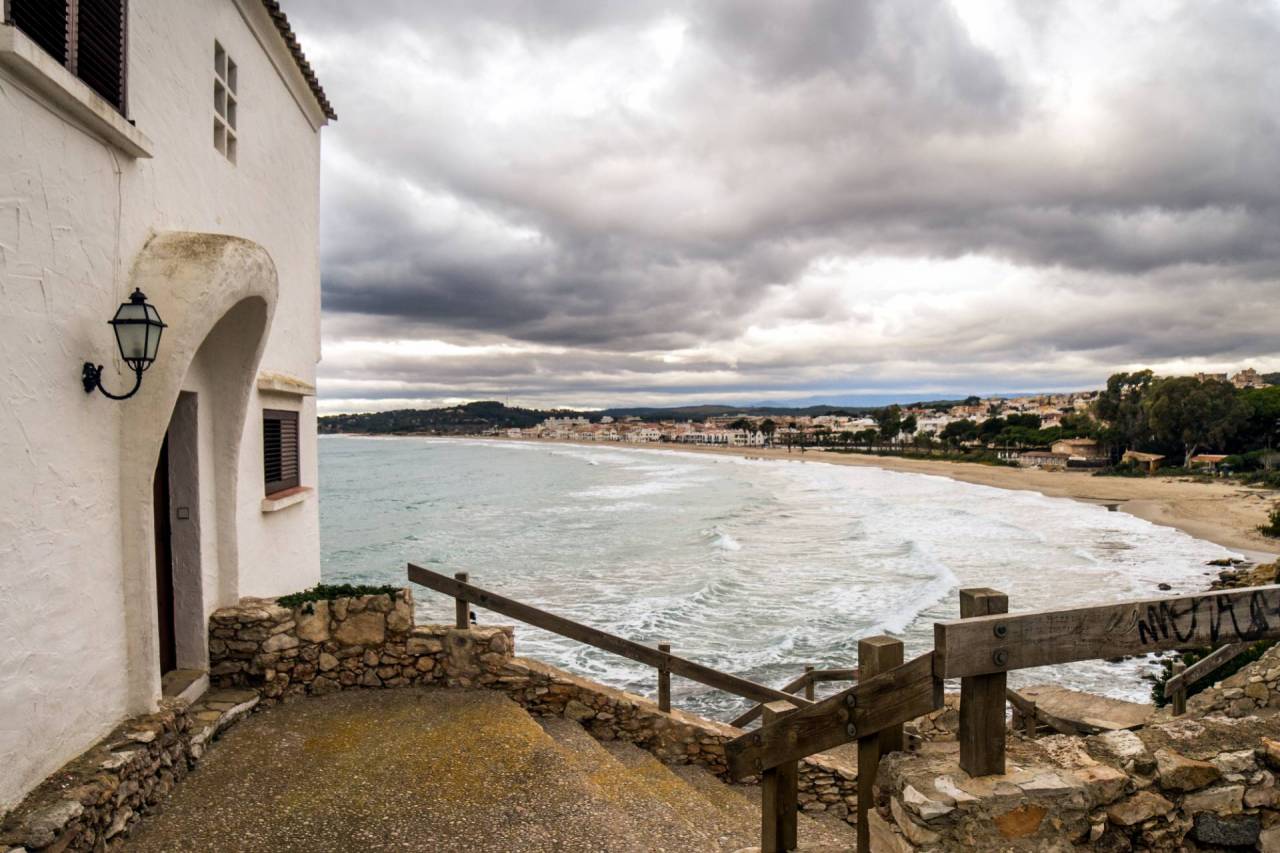
Rutes
Along the beachfront to the Roman Villa
From the Botigues de Mar promenade, we will approach the Roman Villa of els Munts, where you will be able to discover our Roman past. In addition, by following the coastline, you will reach the Canyadell Beach and, by venturing a little further on, the Torredembarra lighthouse, the last one to be built in Spain, in 2000. The route also offers the option of reaching the mouth of the river Gaià by going in the opposite direction to the Roman Villa.
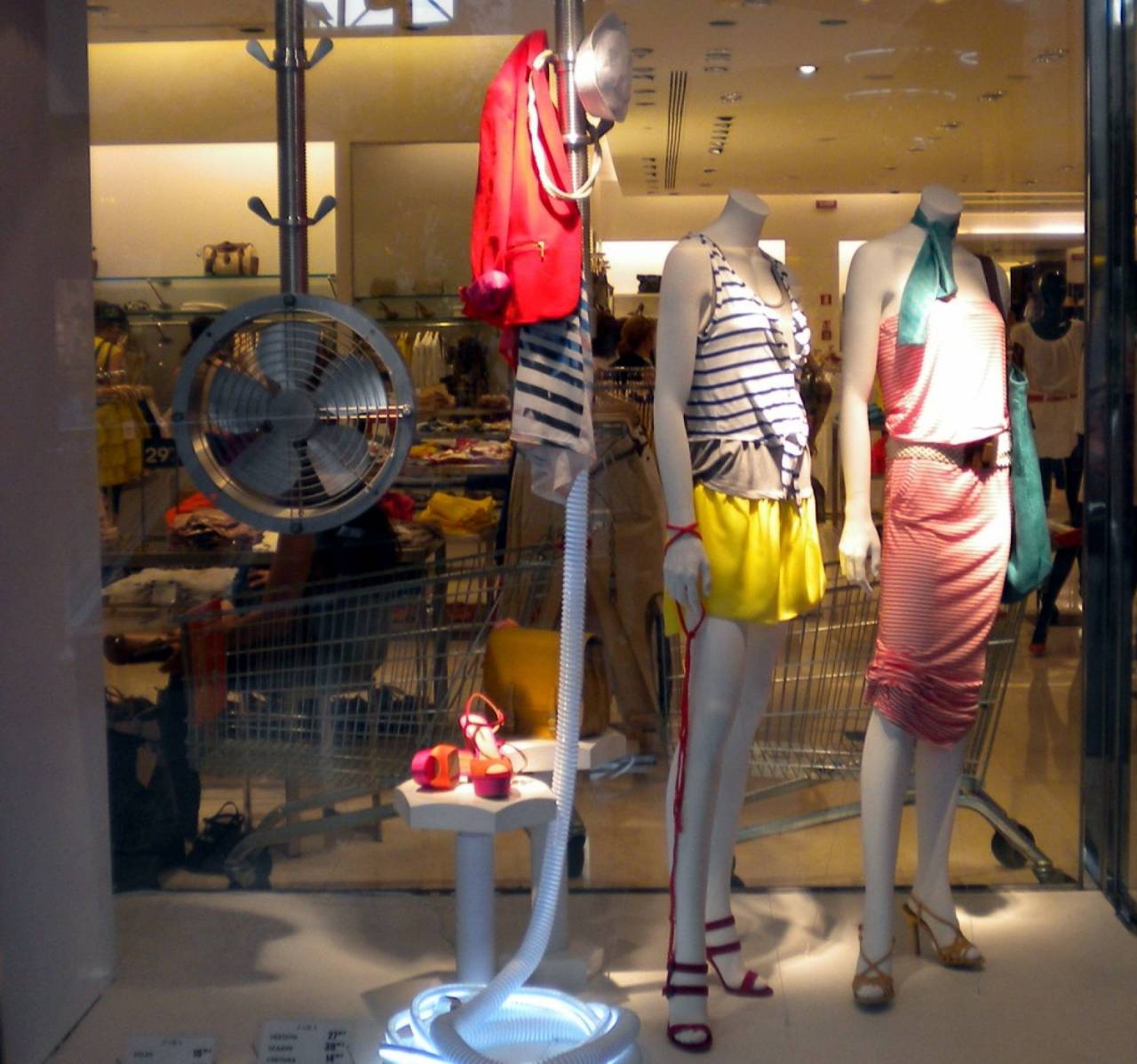
Shopping
Where to go
In the maritime district, we find the largest shopping area in the municipality, near the Plaça dels Vents (Vents Square). There you will find clothes shops, souvenir shops, newsagents, bakeries, pharmacies and small service shops, such as supermarkets, banks, hairdressers and beauticians…
In the upper part of the village, and next to the Vila Closa, we find another shopping area, mainly concentrated in Mossèn Miquel Amorós street, where there are several shops with a wide range of services all year round.

